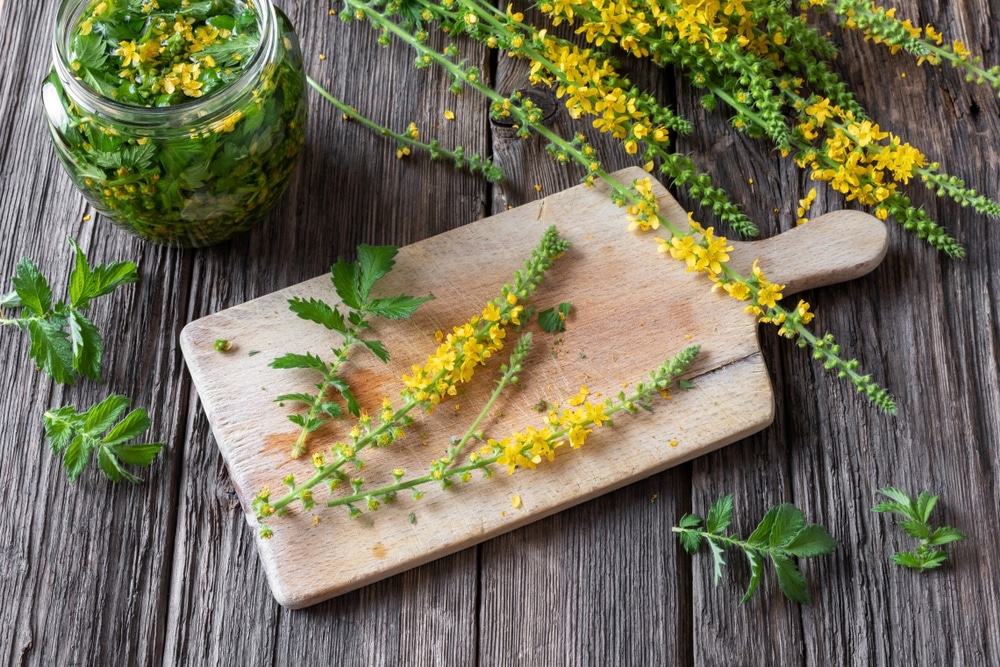
Growing Agrimony (Agrimonia Eupatoria): A Complete Guide
Growing agrimony (Agrimonia eupatoria) is a rewarding endeavor for gardeners who want to add a sweet-scented, bright yellow-flowering perennial herb to their garden. This member of the rose family is native to Europe and parts of Asia and Africa, and has a long history of use in herbal medicine and dye production. Below is a comprehensive guide to cultivating agrimony, covering soil preferences, planting, watering, sunlight requirements, and care.
Soil Requirements and Preparation
Agrimony prefers well-drained soil and thrives best in alkaline soil conditions, although it can tolerate slightly acidic to neutral soils. It grows well in light (sandy), medium (loamy), and heavy (clay) soils as long as moisture does not accumulate excessively. To ensure good drainage, amend heavy soils with organic matter such as compost or coarse sand before planting. Agrimonia eupatoria prefers soil that is moderately fertile but can tolerate depleted soils, making it adaptable to a range of garden settings.
Sunlight and Location
Agrimony plants thrive in full sun but will tolerate light or partial shade. For optimal growth and abundant yellow flowers, plant agrimony in a location that receives at least six hours of direct sunlight daily. While it can survive in semi-shade, too much shade can reduce flowering and overall vigor.
Planting Seeds and Seedlings
Agrimony seeds require a period of cold weather (cold stratification) to break dormancy and germinate effectively. For best results, stratify seeds by mixing them with moist vermiculite or soil, placing them in a sealed plastic bag, and refrigerating for 4 to 8 weeks. After stratification, sow seeds about 1/8 to 1/4 inch deep in well-prepared soil or seed trays. Keep the surface moist but not waterlogged. Germination typically occurs within 10 to 24 days under ideal conditions.
Seedlings should be thinned or transplanted when they reach about 4 inches tall, spacing plants approximately 12 to 36 inches apart to allow room for the root system to develop and for mature plants to fill the space.
Watering and Moisture Management
Agrimony prefers moderate moisture but is drought-tolerant once established. Water young plants regularly to keep the soil moist during the establishment phase, but avoid overwatering to prevent root rot. Once mature, agrimony plants need watering only during prolonged dry spells. Maintaining a balance of moisture is essential, as soggy soil can lead to fungal diseases.
Fertilization and Soil Nutrition
Generally, agrimony does not require additional fertilization if planted in moderately fertile soil. Over-fertilizing can reduce flowering and cause excessive leafy growth. If desired, a light application of balanced organic fertilizer in early spring can support healthy growth.
Growth Habit and Maintenance
Agrimony is a hardy perennial that can grow between 2 to 5 feet tall, depending on the species and growing conditions. It produces tall spikes of yellow flowers, often referred to as “church steeples” due to their shape. After flowering from late spring through summer, seed pods develop with burrs that easily attach to animals or clothing for seed dispersal.
Pruning is minimal; cut back dead stems and foliage in autumn or early spring to encourage fresh growth. Removing spent flower spikes can help control unwanted spreading if you do not want the plant to self-seed extensively.
Pest and Disease Management
Agrimony is generally pest-resistant and rarely suffers from serious diseases. Occasional aphid infestations or caterpillar damage may occur but usually do not require treatment. Proper watering and good air circulation help prevent fungal diseases such as powdery mildew and root rot.
Propagation Methods
Besides growing from seed, agrimony can be propagated by division in autumn or early spring. Dig up established clumps and separate the root system into smaller sections to replant. This method ensures more vigorous plants and faster establishment.
Harvesting and Uses
Harvest agrimony leaves and flowering stems during bloom in late spring to summer for use in herbal medicine or to produce yellow dye. The plant has a long history of medicinal use, including treatments for wounds, asthma, and digestive issues. Dry harvested material in a well-ventilated, shaded area for later use.
Conclusion
By following these cultivation guidelines, gardeners can successfully grow agrimony and enjoy its ornamental beauty, ecological benefits for pollinators, and traditional medicinal properties in their garden.
Masterful Display
Each and everyone of our products are deeply considered, labored over, and improved upon time and time again. We invite you to experience the difference of our carefully crafted small batches of herbal support items. Whether it be our tea line, produced for a delightful experience, or our tincture blends and extracts, we have what you need.

